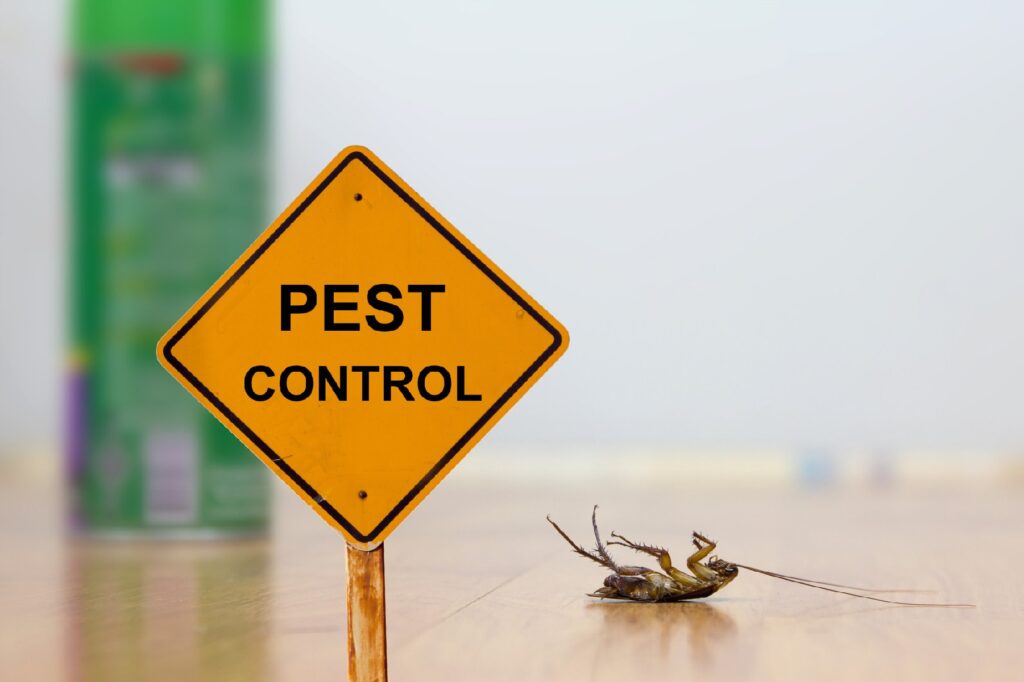A1 Pest Control Charlotte NC Bed Bugs - Professional Elimination Services
A1 Pest Control Charlotte NC Bed Bugs - Professional Elimination Services
Blog Article
Bed Pest Treatment Malfunction: Contrasting Chemical Vs. Non-Chemical Solutions
In the world of bug control, especially when managing the persistent issue of bed pests, the choice in between chemical and non-chemical therapy options can be a pivotal one. Both approaches supply unique advantages and drawbacks, influencing factors such as performance, safety factors to consider, and total cost. By analyzing the nuanced information of each method, a more clear understanding of which path to go after in attending to a bed insect problem can be obtained.
Efficiency of Chemical Therapies
Chemical therapies for bed bug invasions have actually been extensively acknowledged for their quick and potent efficacy in eliminating these parasites. When considering the effectiveness of chemical treatments, it is vital to understand that they can supply a extensive and fast service to a bed insect issue. Expert pest control men frequently rely upon pesticides to target bed pests at numerous phases of their life cycle, consisting of adults, fairies, and eggs. These chemicals typically function by disrupting the bed insects' worried system, bring about paralysis and ultimate fatality.
Moreover, chemical treatments have the advantage of providing recurring results, suggesting that they can proceed to remove bed bugs also after the first application. This residual activity is specifically valuable in combating any kind of prospective re-infestations. In addition, the fast activity of chemical therapies can bring relief to individuals dealing with severe bed bug infestations, enabling them to regain control of their space promptly.
Safety Problems With Chemical Solutions
One important facet that needs cautious consideration when using chemical solutions for bed pest therapy is making certain the safety and security of occupants and the environment. Exposure to certain chemicals used in bed pest therapies can lead to respiratory system issues, skin inflammation, or other unfavorable reactions, especially in individuals with pre-existing conditions or sensitivities.
In addition, the environmental effect of chemical remedies is one more considerable consideration. Some pesticides used in bed insect therapies may be damaging to valuable insects, wild animals, and ecosystems if they leach right into the dirt or water supply. It is vital to make use of chemical treatments deliberately, complying with safety and security standards, and thinking about less harmful alternatives to minimize these dangers and make sure the effective and safe monitoring of bed insect infestations.
Advantages of Non-Chemical Strategies
Considering the possible safety concerns and ecological influence linked with chemical services for bed pest therapy, discovering non-chemical methods presents an appealing alternative with numerous distinctive advantages. Non-chemical therapies are eco pleasant, as they do not contribute to air or water pollution, making them a lasting option for pest control.
Furthermore, non-chemical options can be reliable in targeting bed insects, including hard-to-reach locations where chemical therapies may not pass through - A1 bed bug exterminator charlotte. Techniques such as warm treatment, vacuuming, heavy steam cleansing, and bed mattress encasements give comprehensive elimination without the use of unsafe chemicals.
Limitations of Non-Chemical Treatments

Furthermore, non-chemical therapies usually require multiple applications to accomplish effective obliteration. This can be taxing and may not always ensure complete removal visit this web-site of all bed insects and their eggs, specifically in concealed or hard-to-reach areas.
Moreover, the success of non-chemical treatments greatly relies upon appropriate execution and thoroughness, which can be challenging for individuals without expert experience. Poor application of non-chemical approaches might lead to insufficient eradication, causing consistent infestations and the demand for extra treatments.
For that reason, while non-chemical therapies have their advantages, it is necessary to recognize these limitations and consider them when figuring out one of the most effective method for handling bed bug infestations.
Expense Contrast: Chemical Vs. Non-Chemical Options
Given the constraints related to non-chemical therapies, an important element to evaluate in the context of bed pest monitoring is the price contrast between chemical and non-chemical options. Chemical therapies usually involve the application of pesticides by professionals, which can vary from $250 to $900 per space, relying on the severity of the invasion and the size of the location to be treated. On the other hand, non-chemical therapies like warm therapy or heavy steam can be a lot more costly, with expenses varying from $1,000 to $6,000 for a whole home. While the preliminary expense of chemical therapies might seem lower, multiple therapies might be required to completely get rid of the infestation, potentially enhancing the overall expense. On the various other hand, non-chemical alternatives might supply an extra lasting and green service, although they can be cost-prohibitive for some individuals. Inevitably, when taking into consideration the price of bed bug therapy options, it is essential to weigh the in advance expenditures versus the performance and long-term sustainability of the picked technique.
Final Thought

Considering the prospective safety and security concerns and environmental impact connected with chemical solutions for bed pest treatment, checking out non-chemical techniques offers an appealing option with numerous distinct benefits.Provided the limitations connected with non-chemical therapies, an important element to examine in the context of bed pest administration is the price contrast in between chemical and non-chemical alternatives. In contrast, non-chemical treatments like warmth treatment or steam can be much more expensive, with expenses ranging from $1,000 to $6,000 for an entire home. While the preliminary price of chemical therapies may seem lower, several treatments may be required to completely remove the problem, possibly raising the overall cost.In conclusion, when comparing chemical and non-chemical bed bug treatment alternatives, it is important to think about efficiency, safety, benefits, constraints, and expense.
Report this page